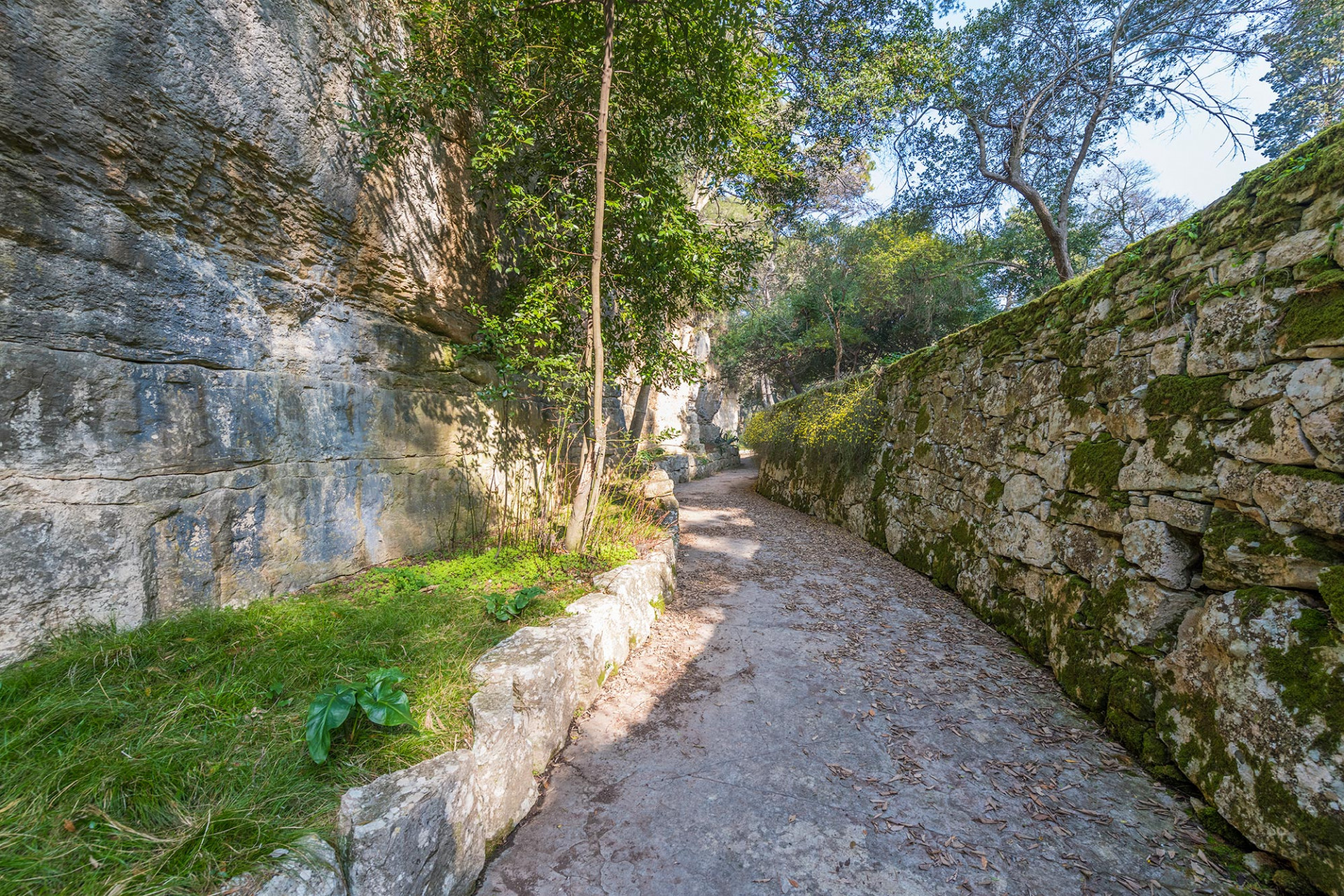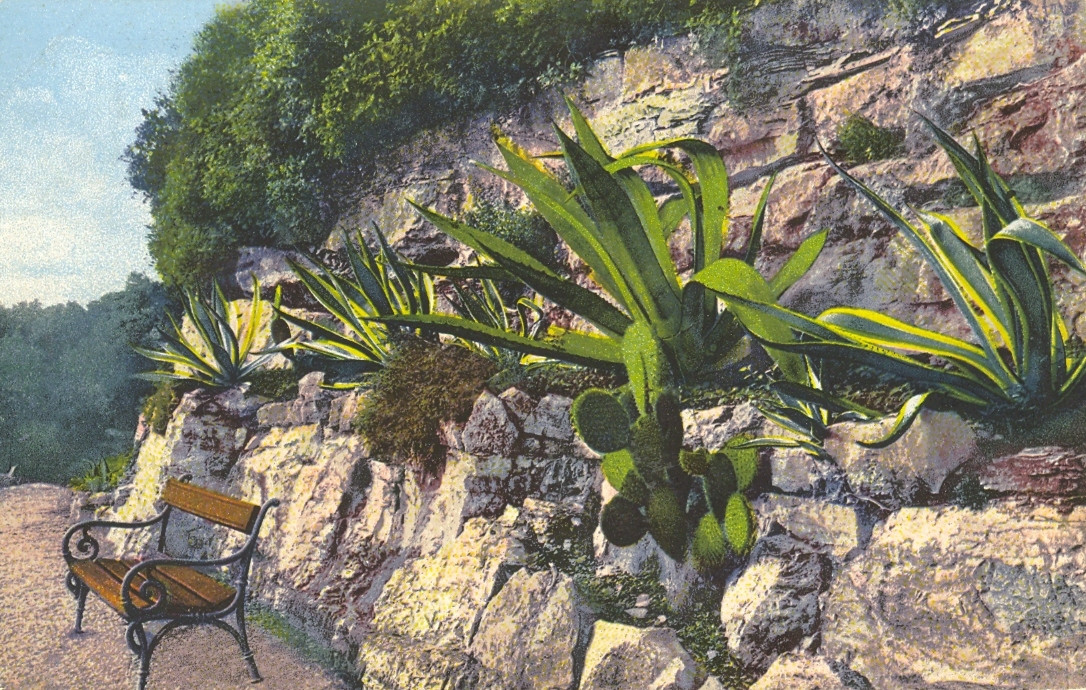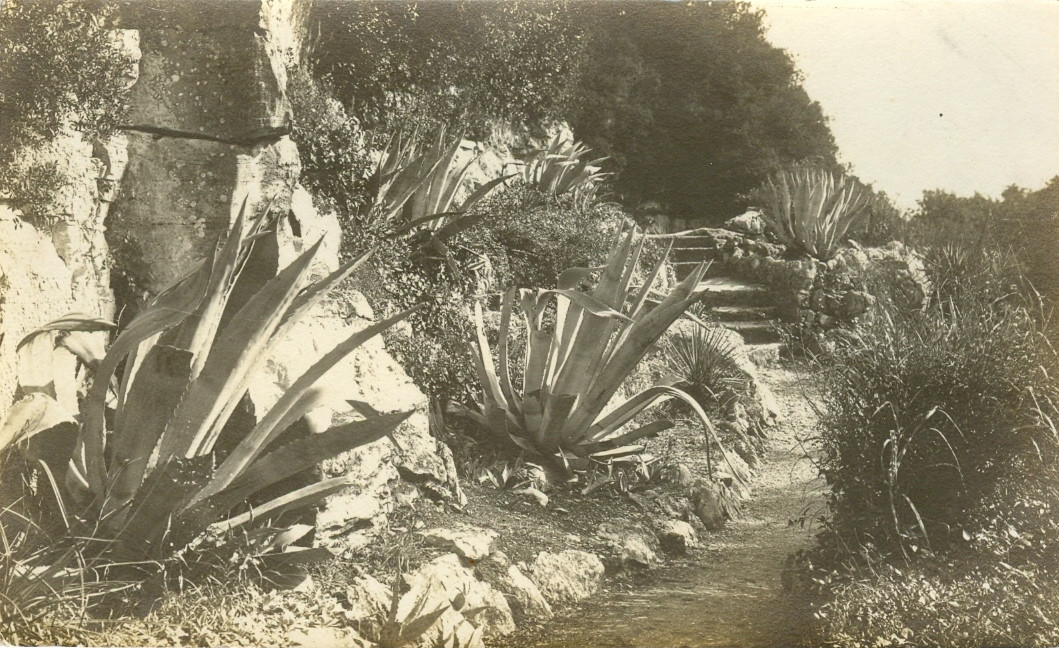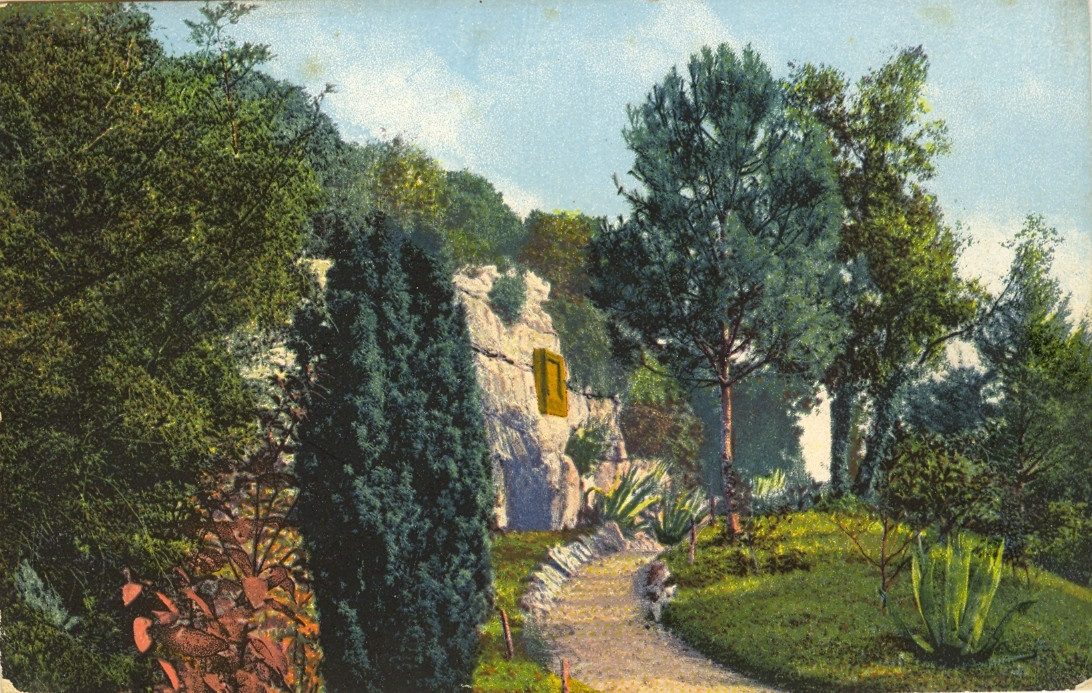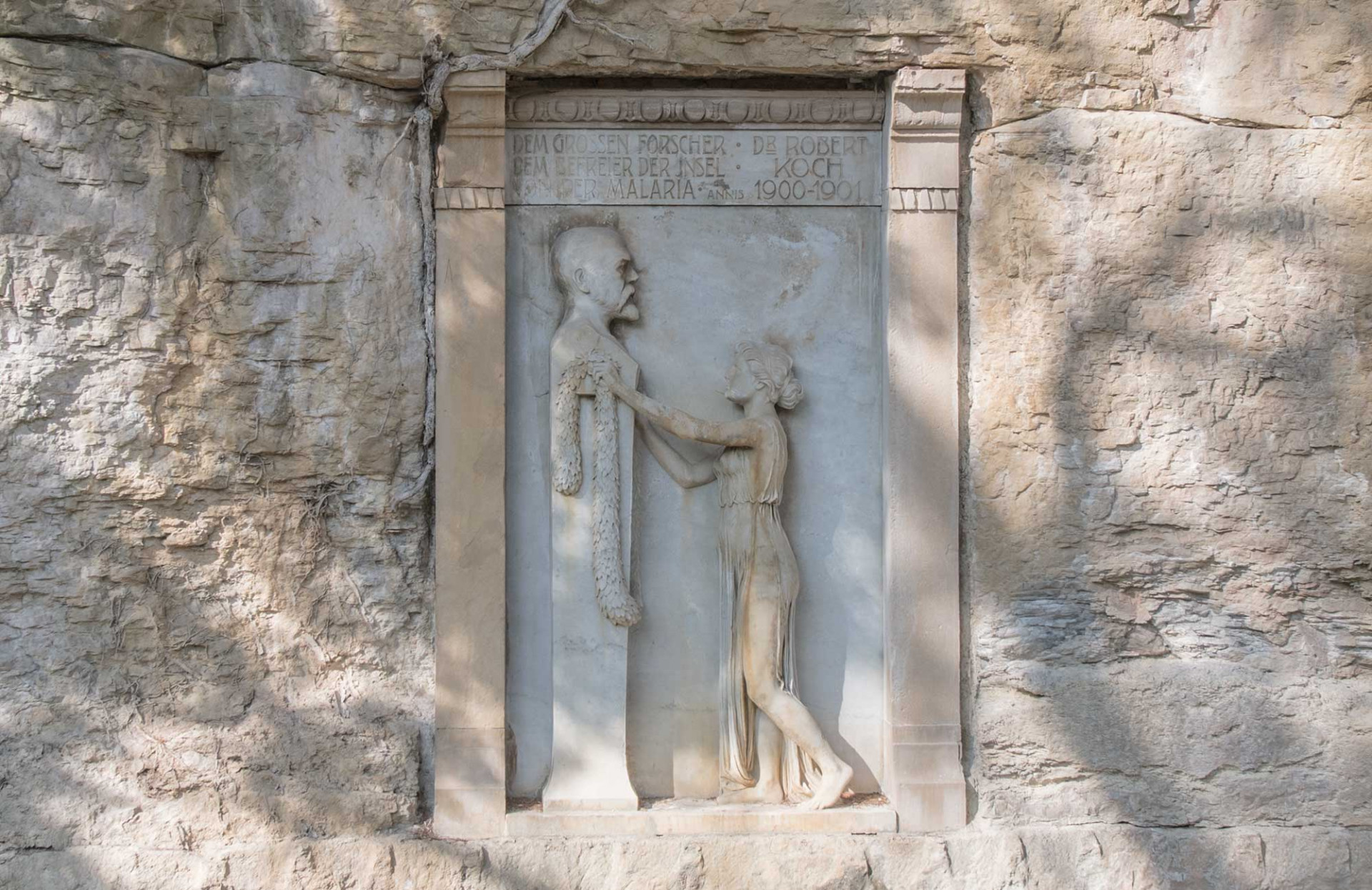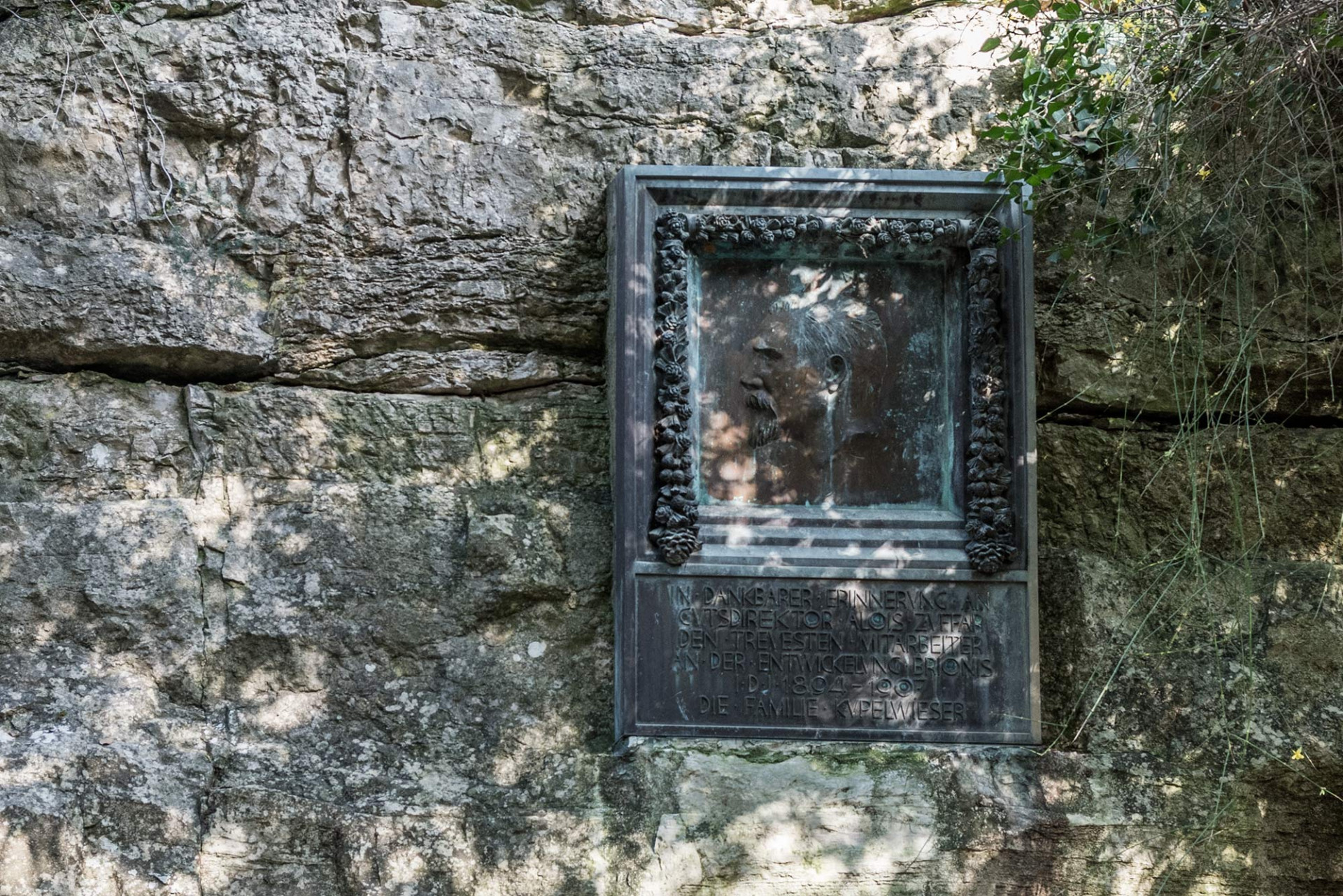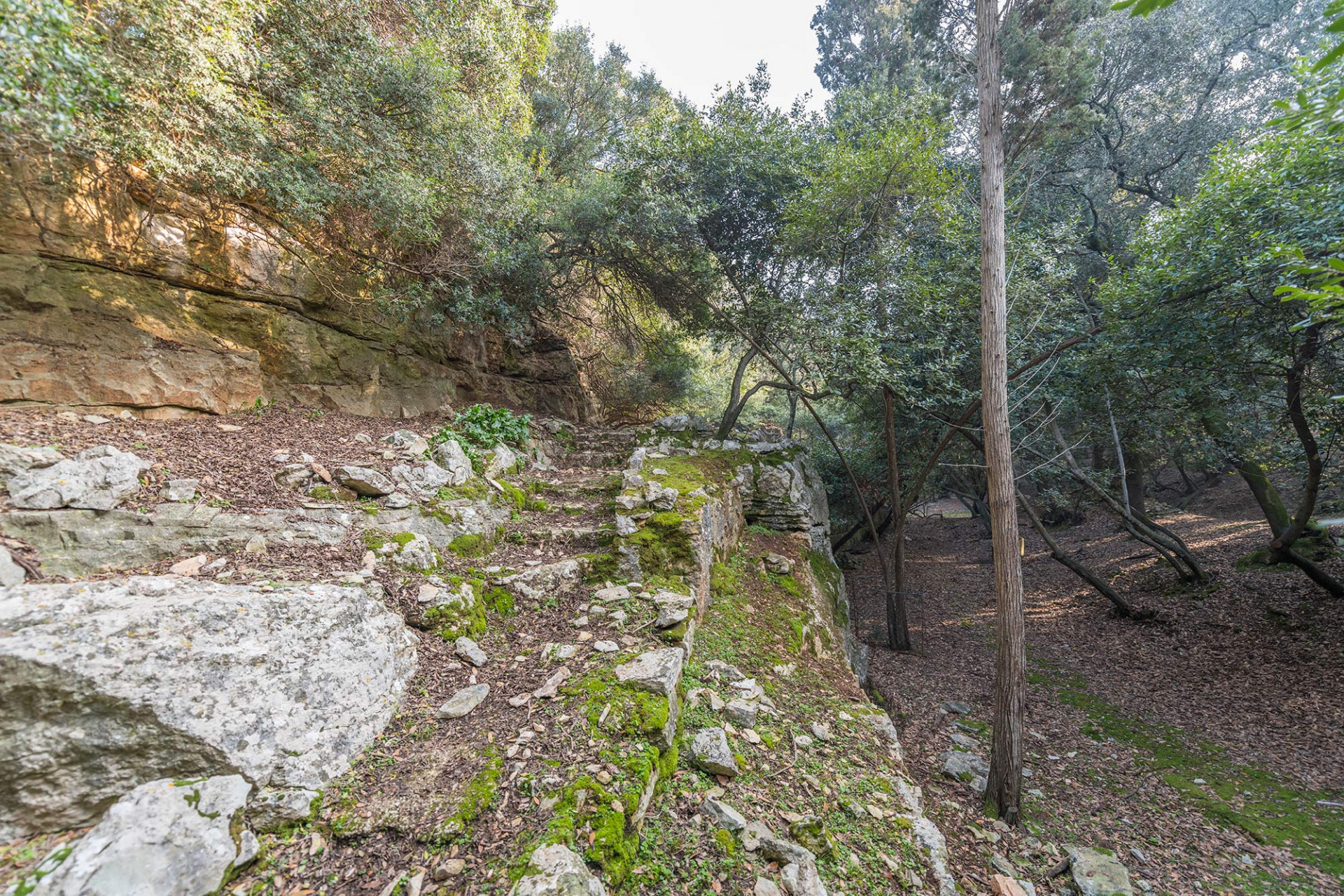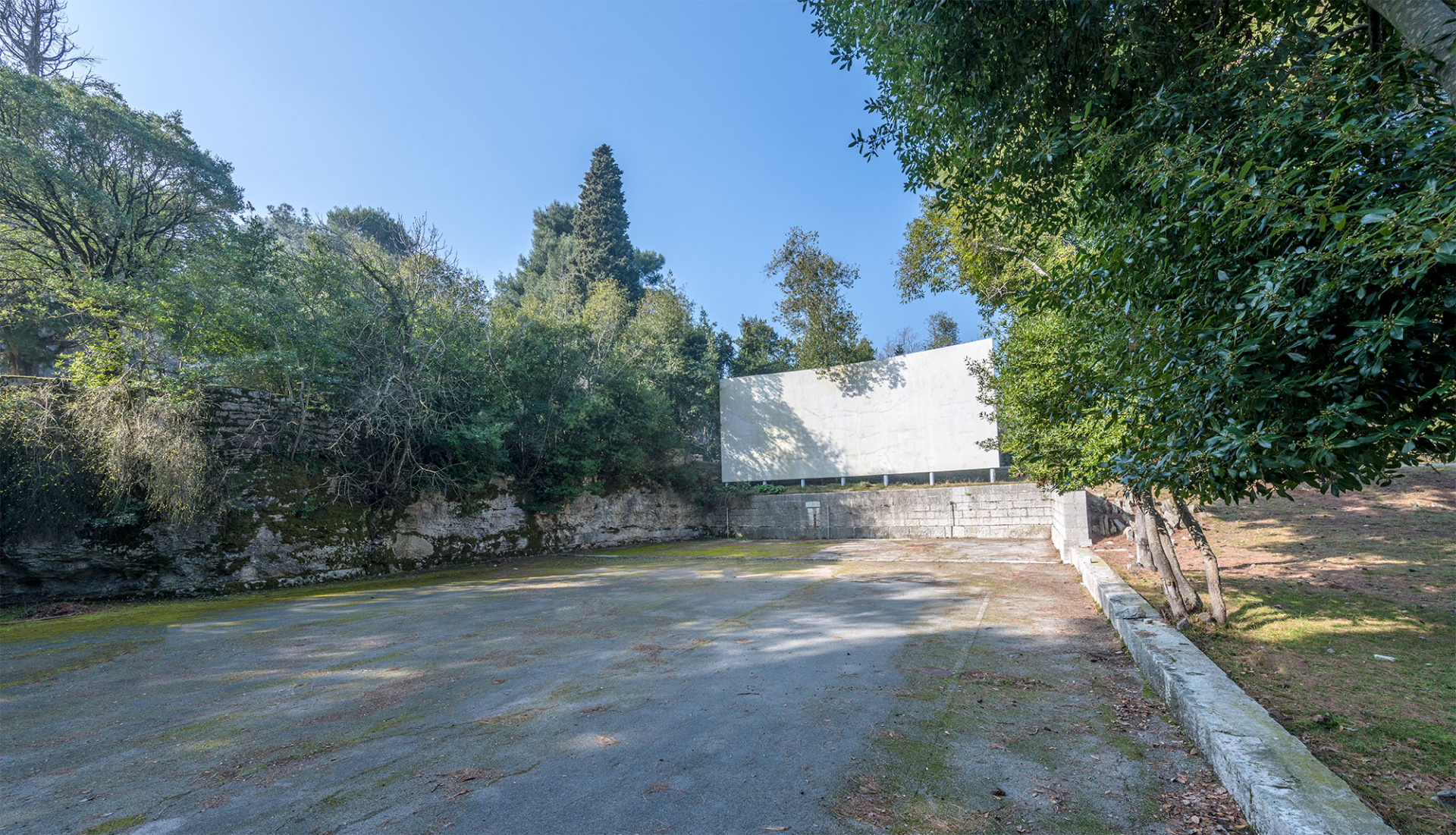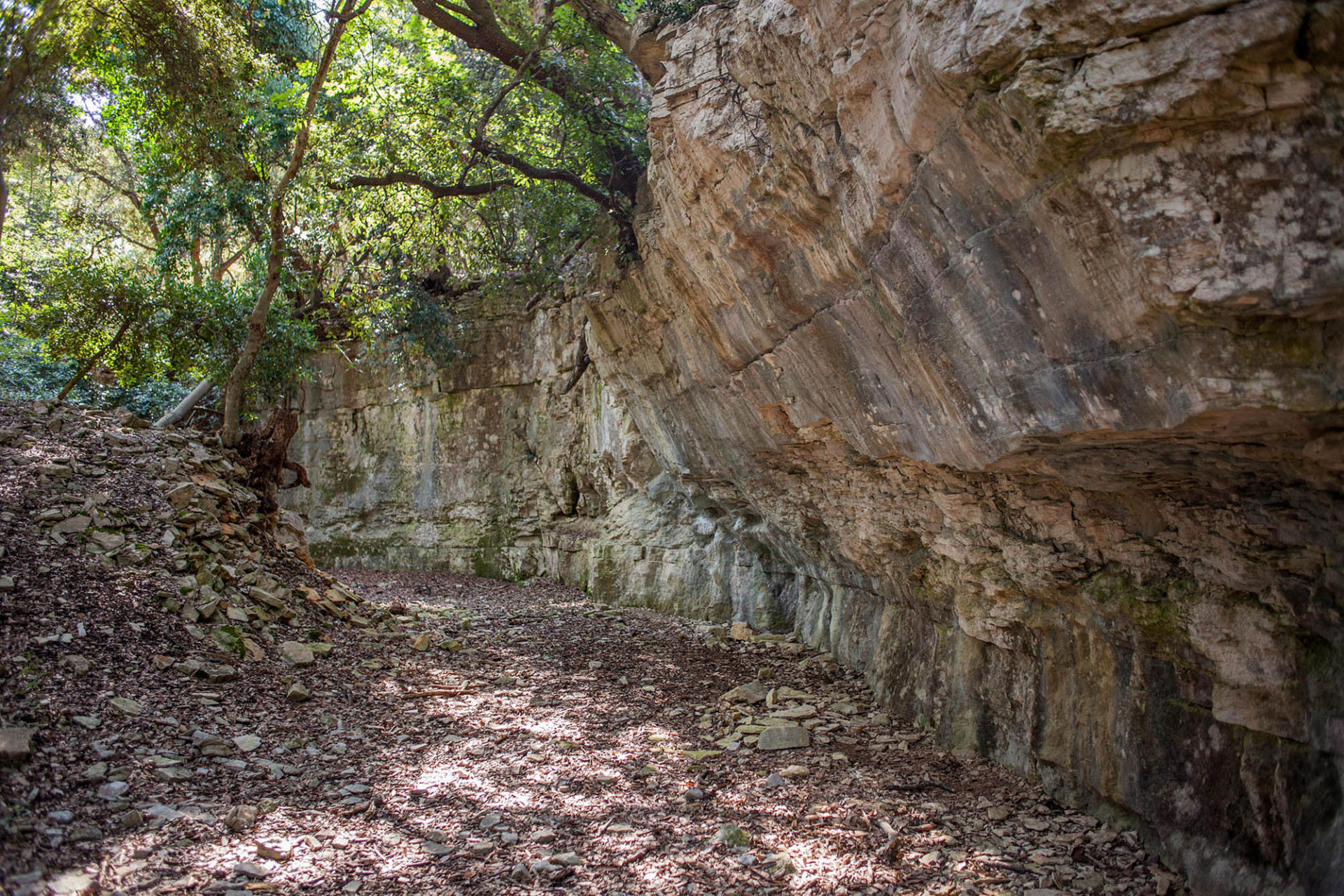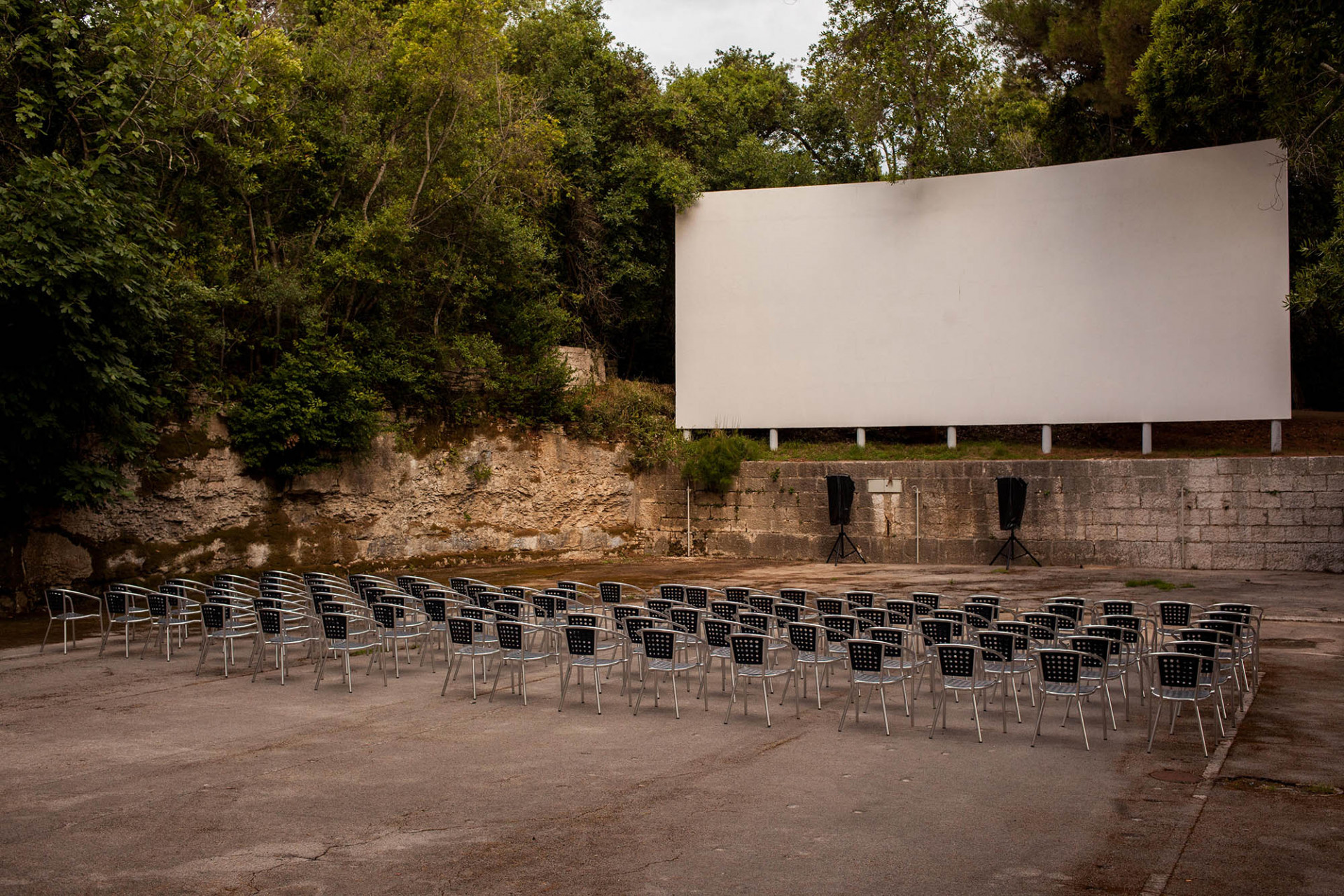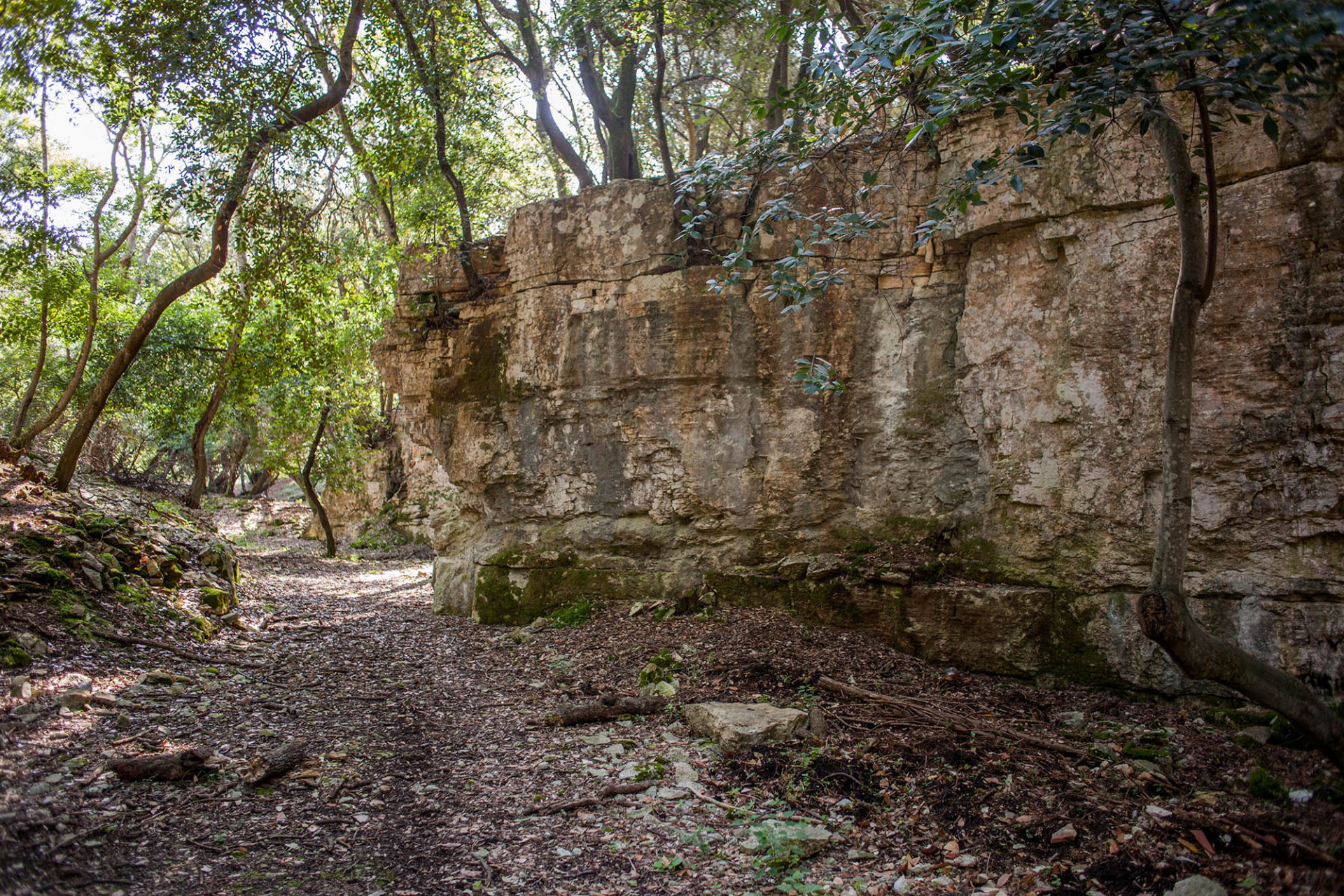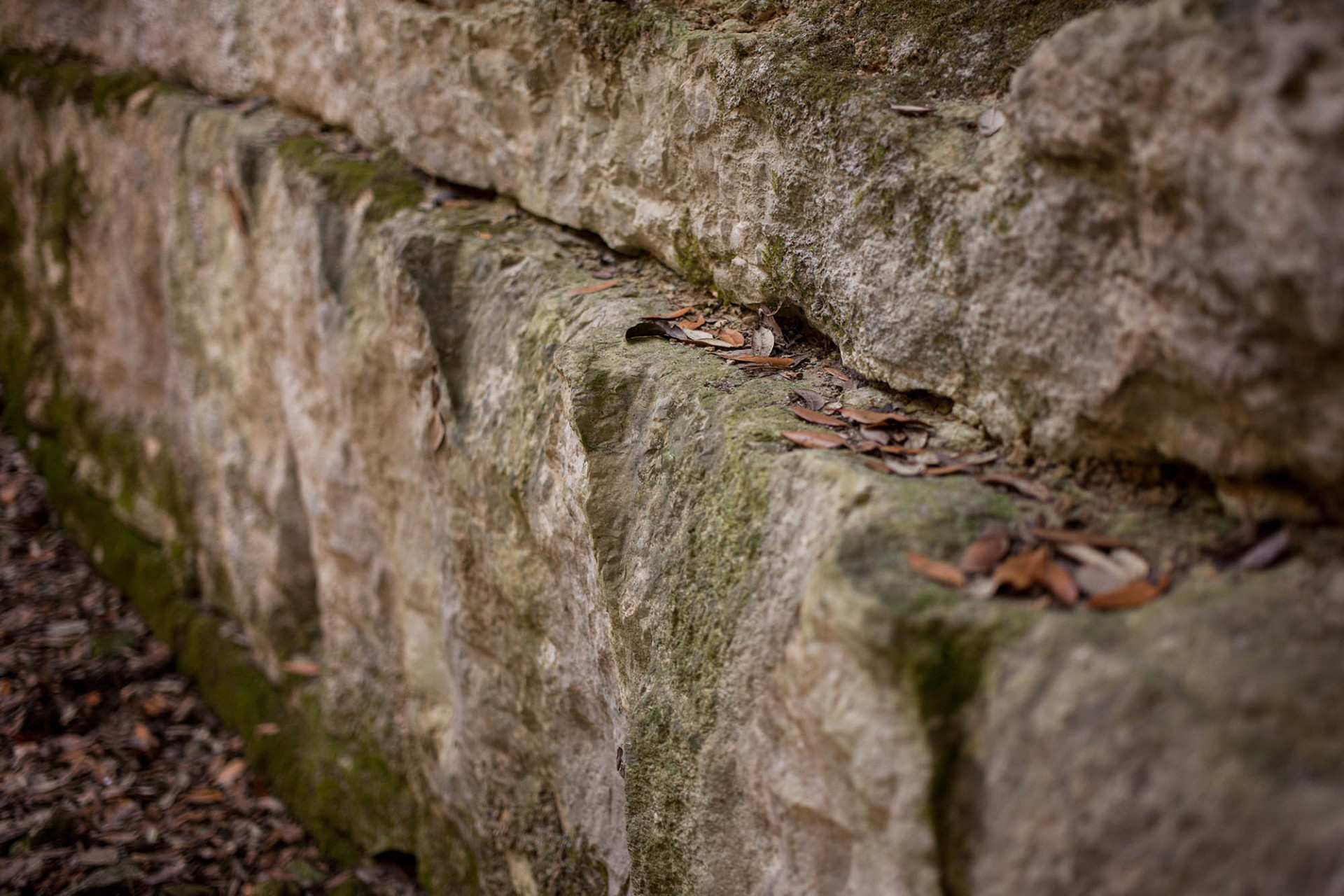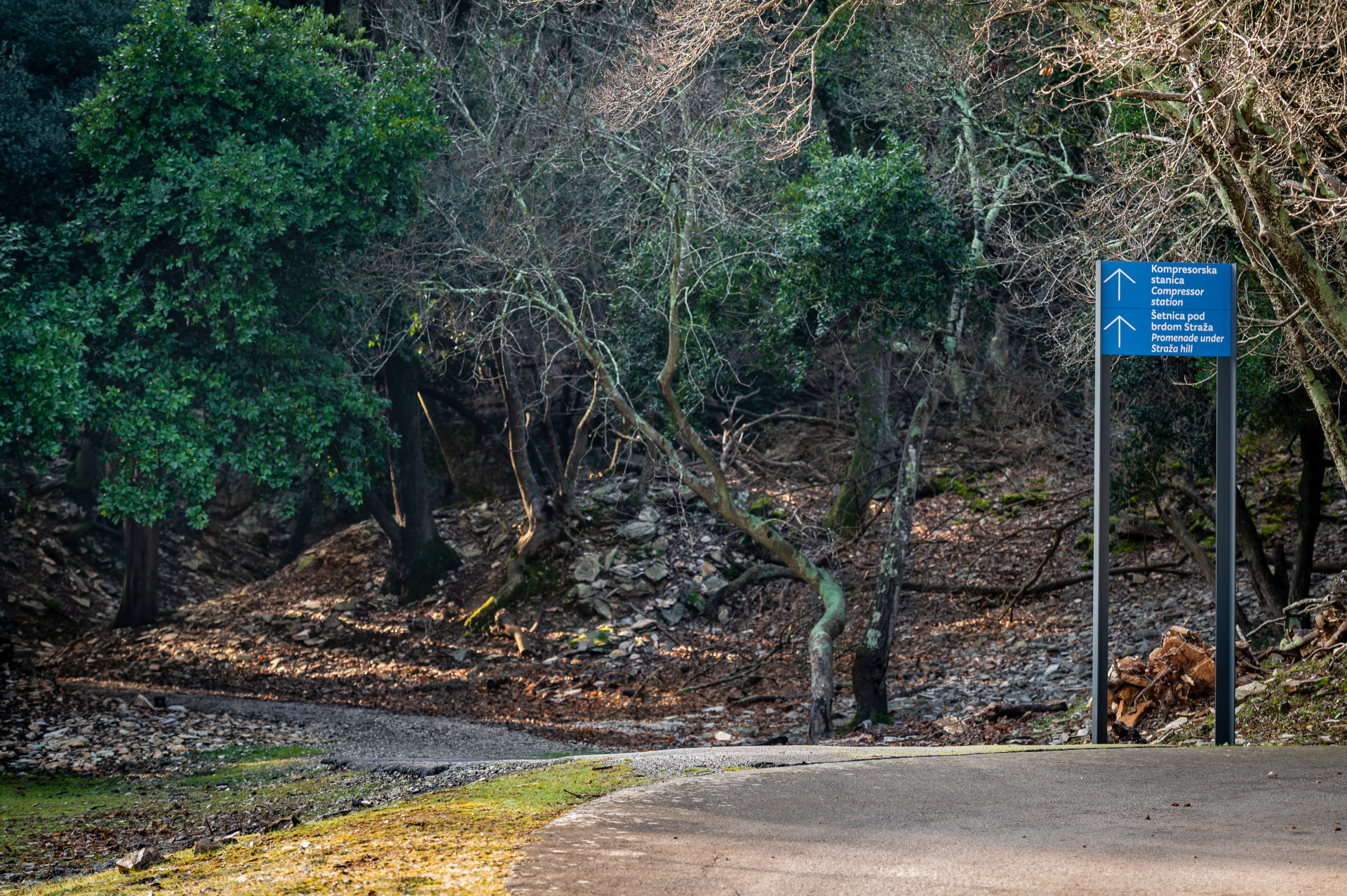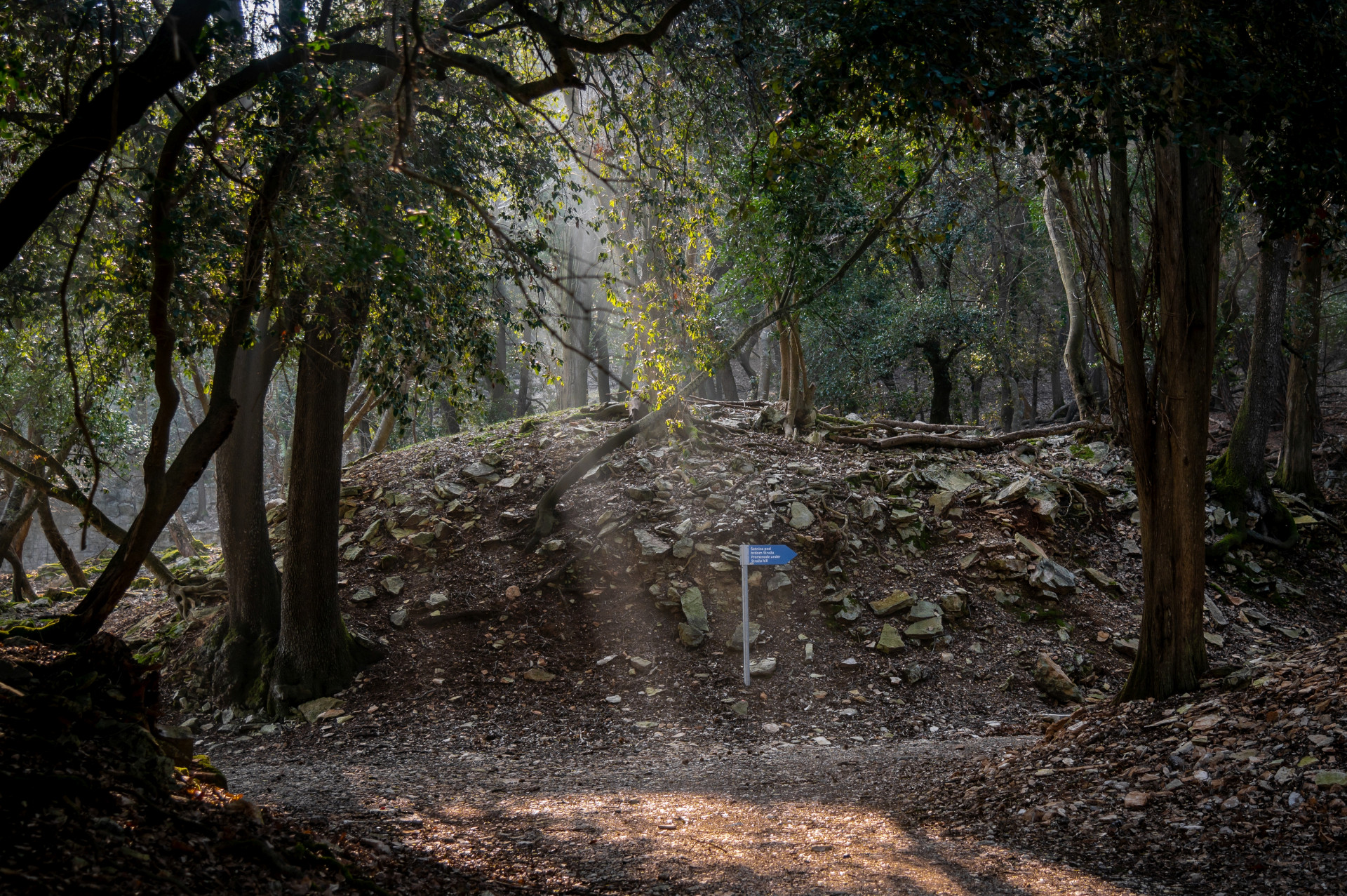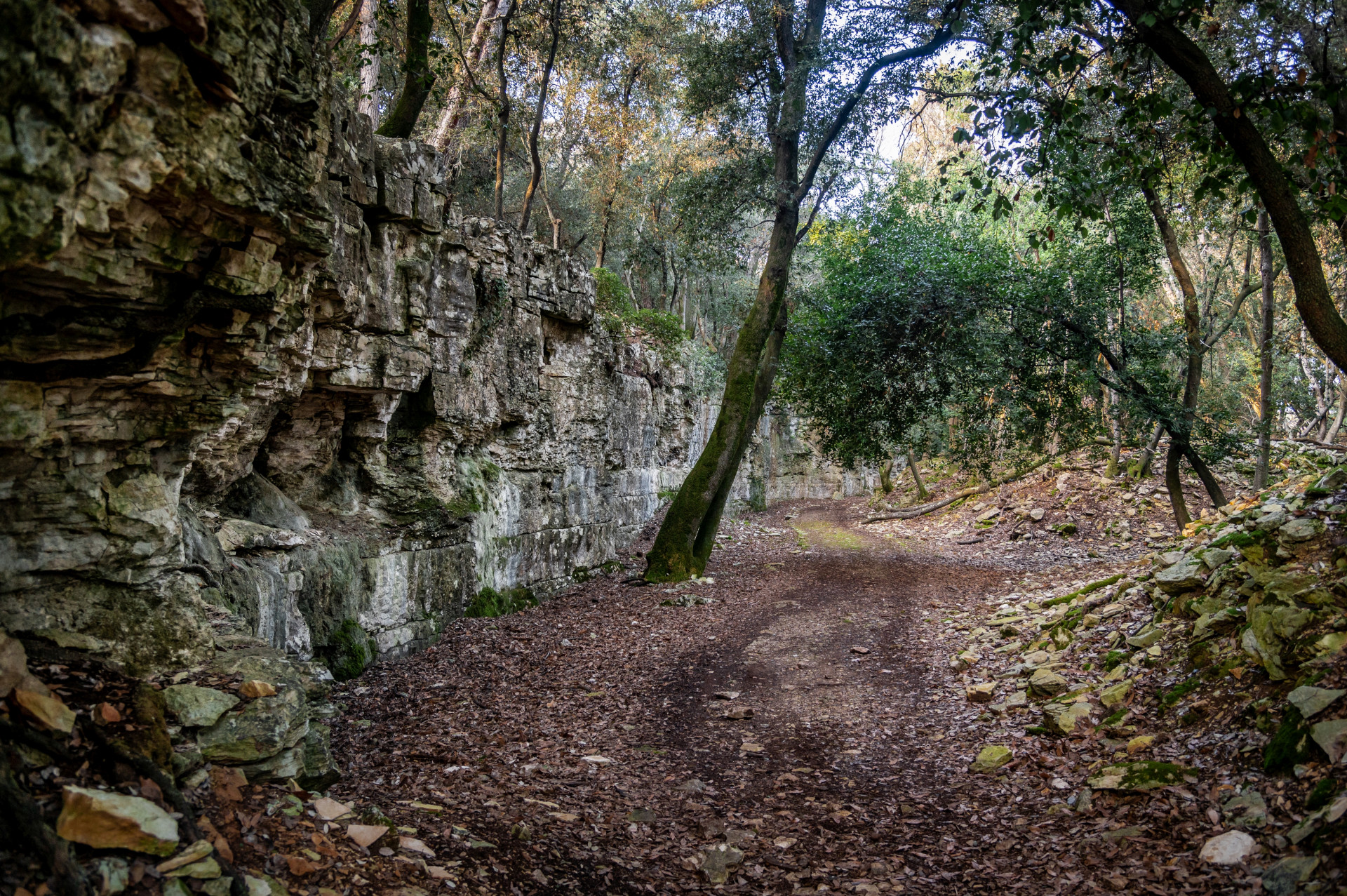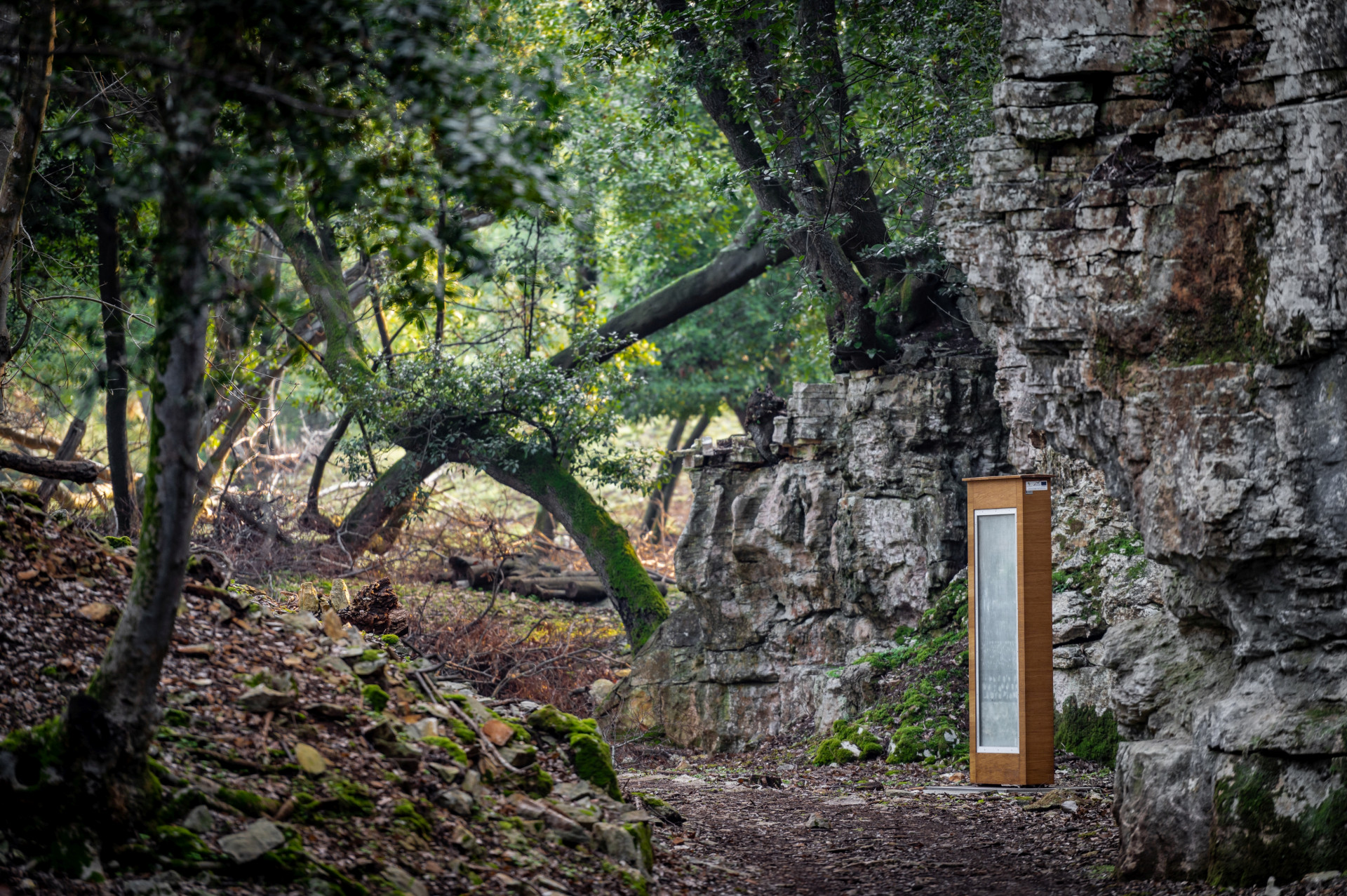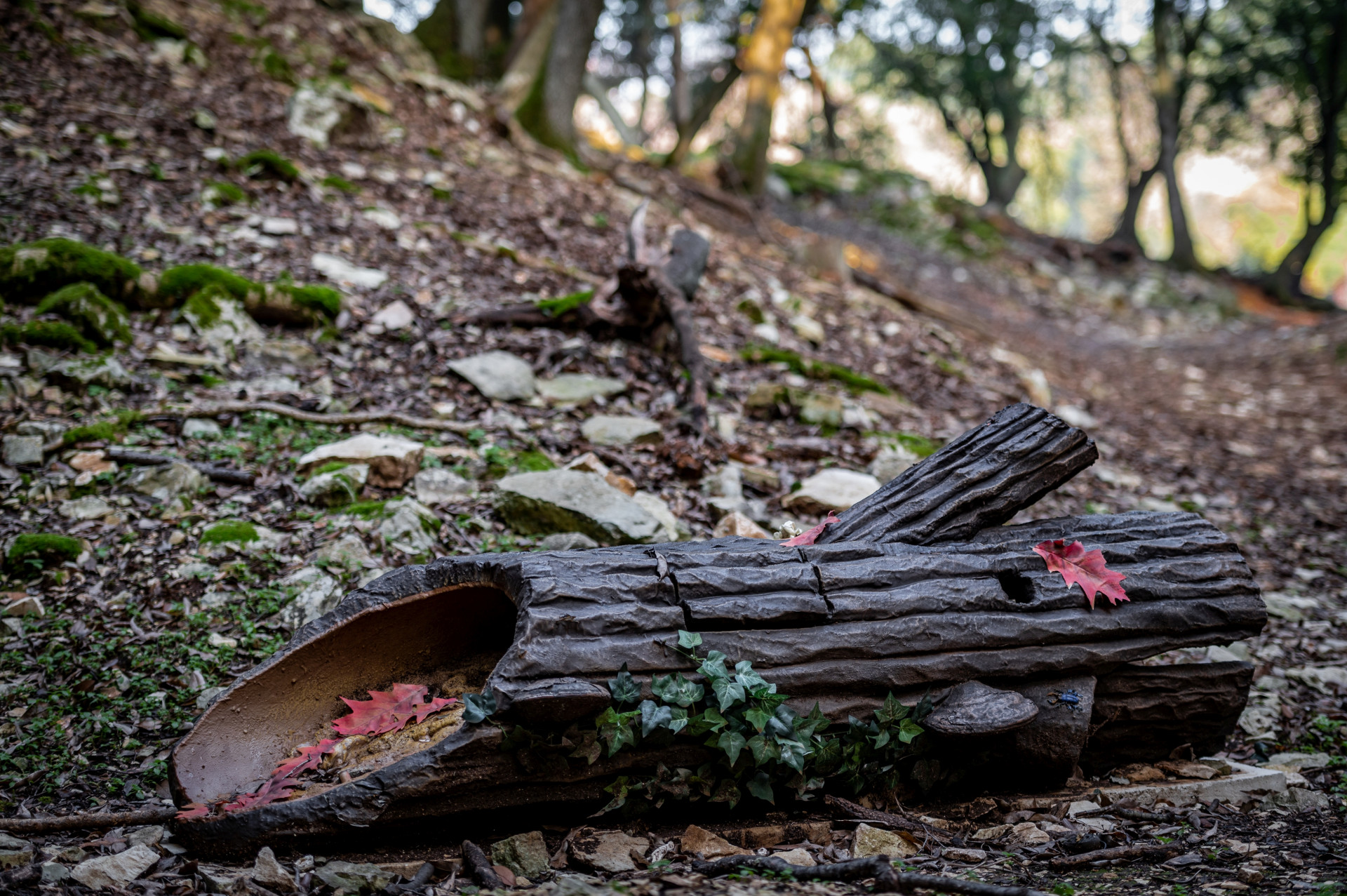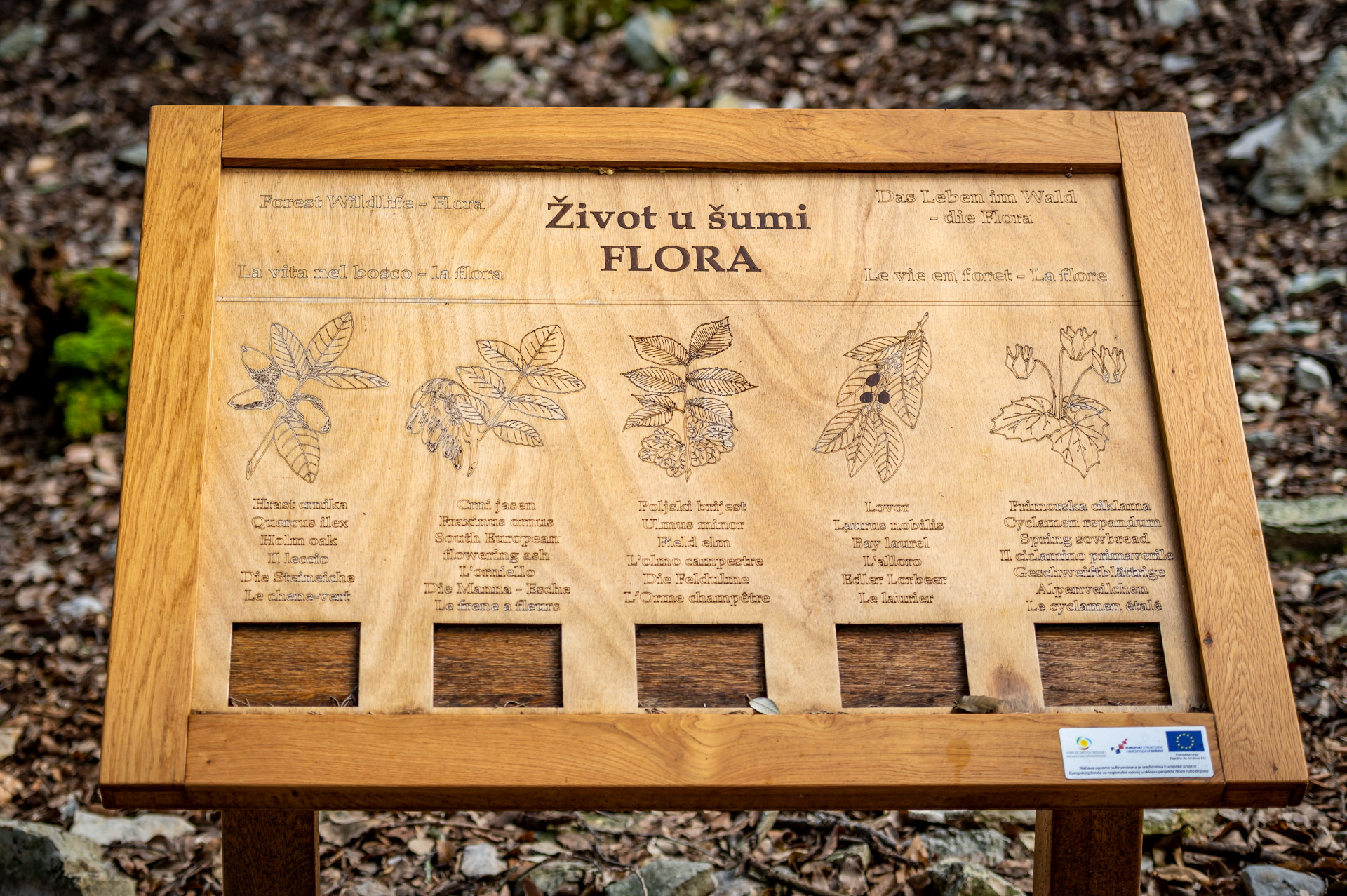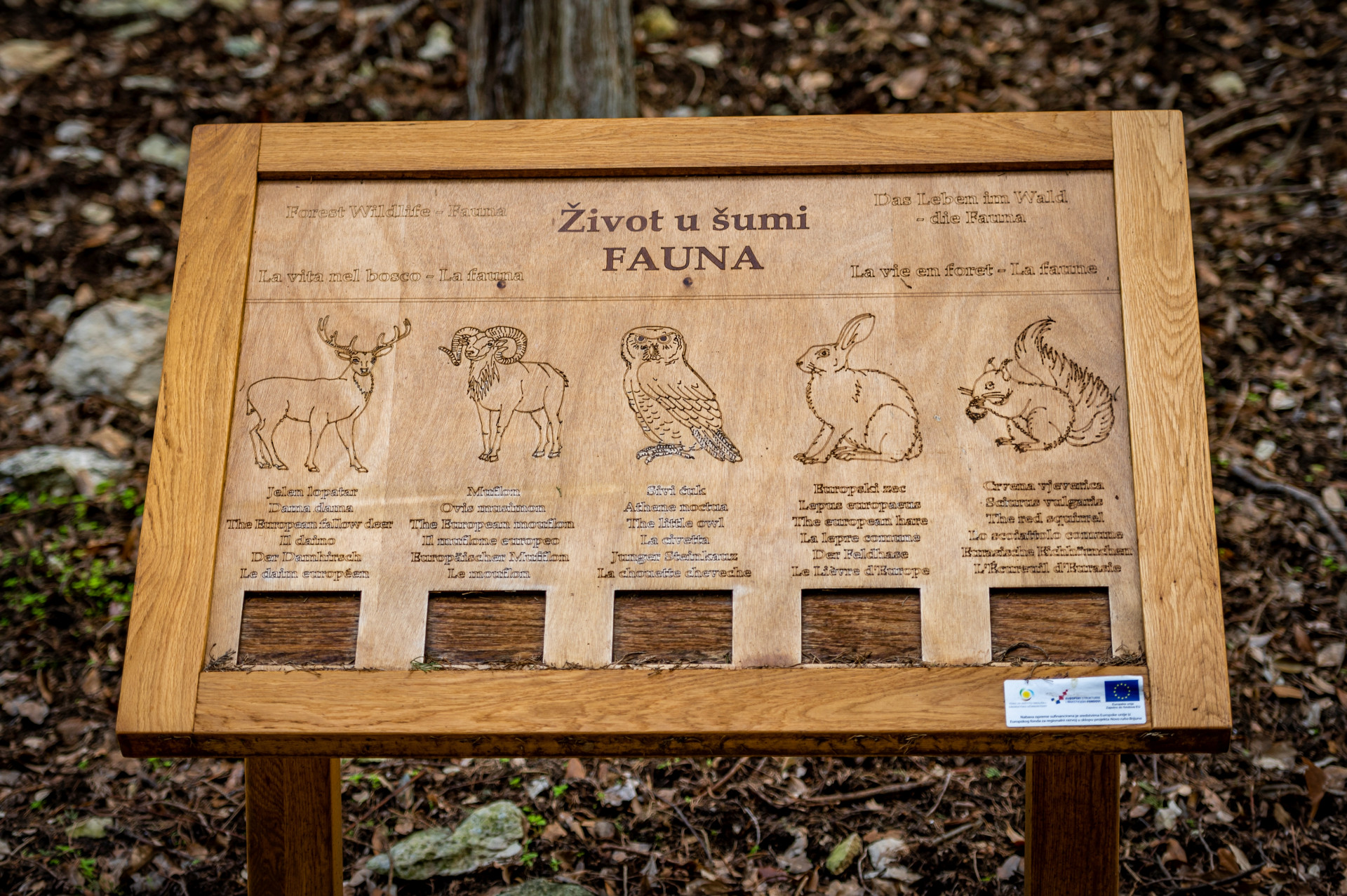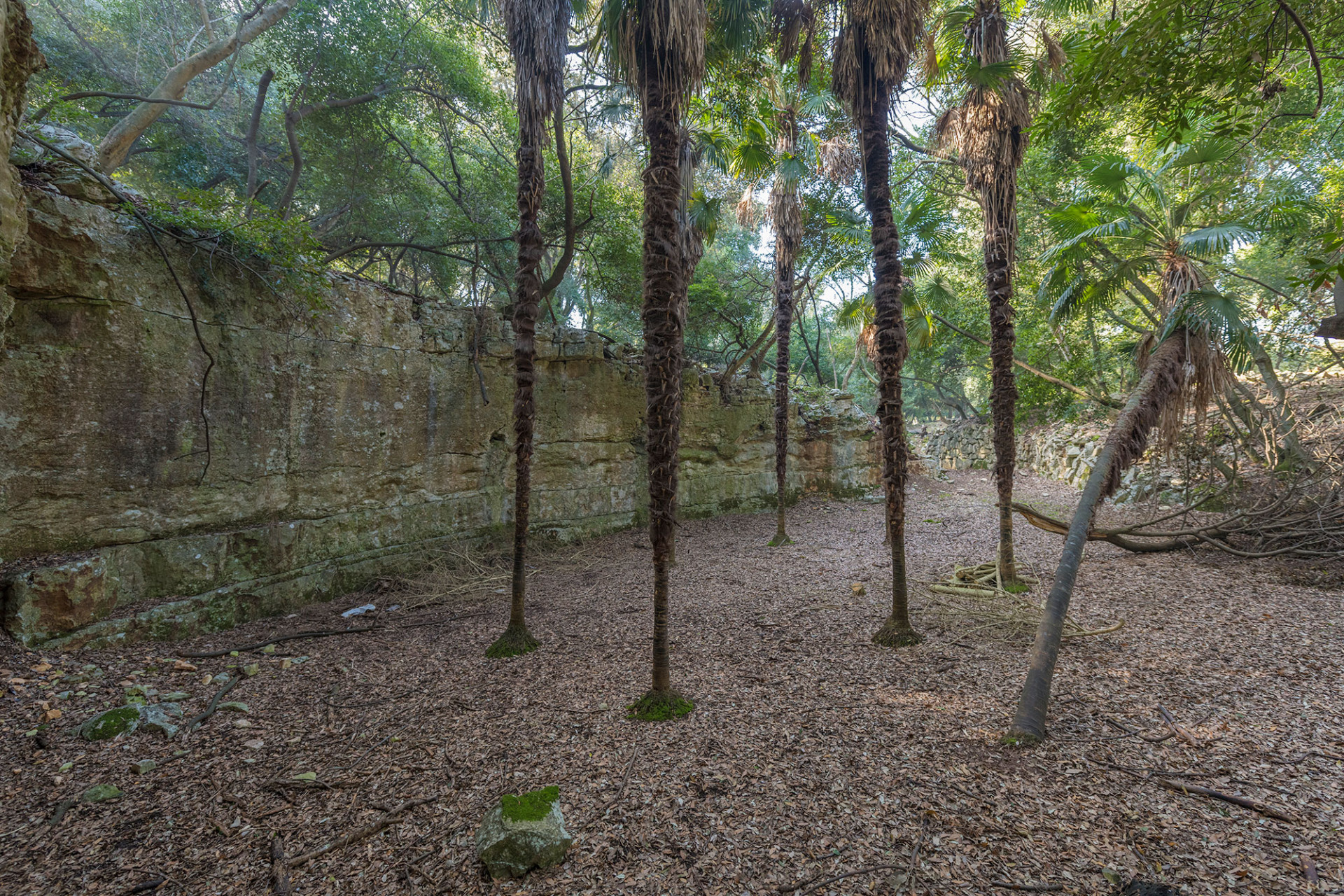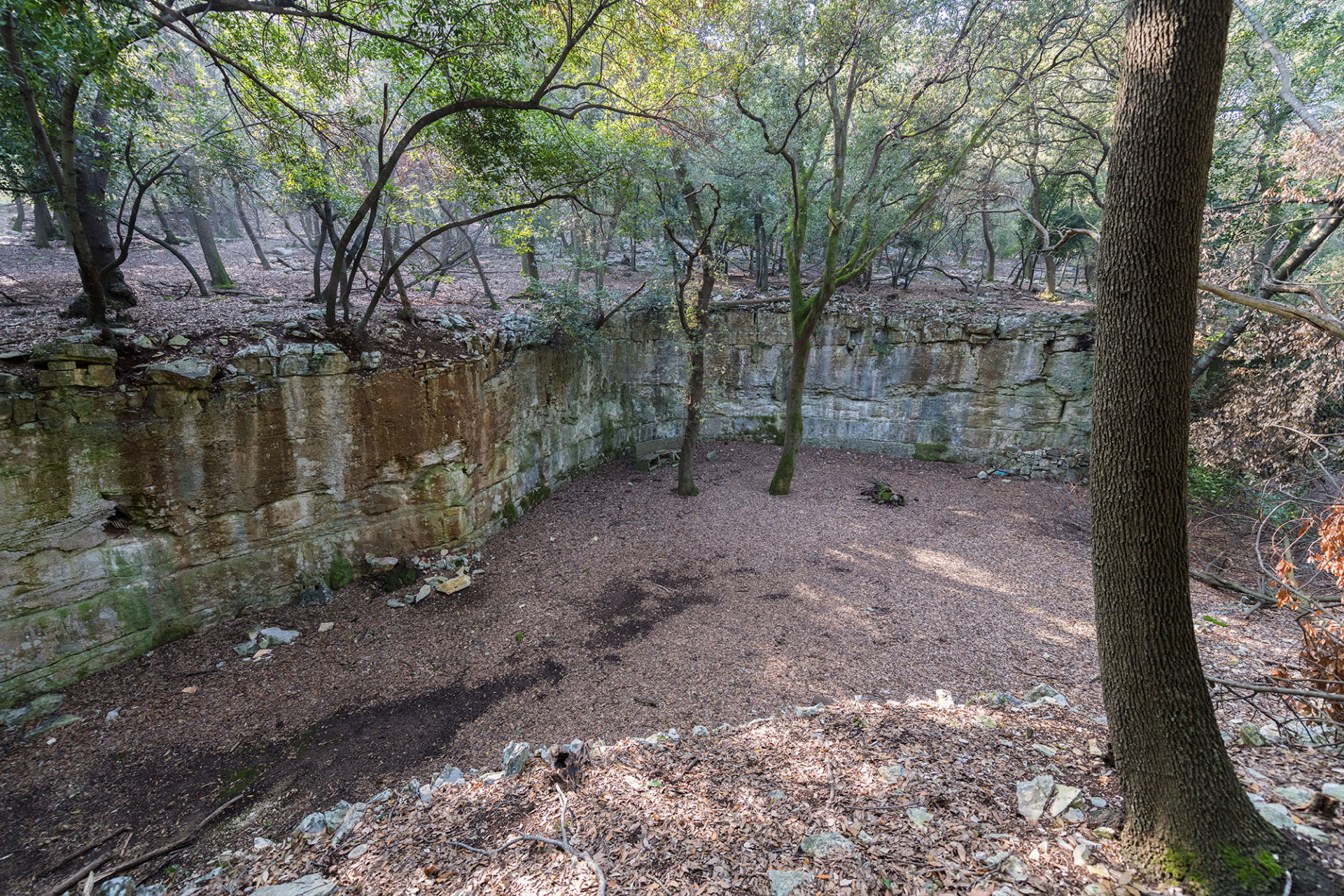The Brijuni stone was used in prehistoric times when the inhabitants of the islands built their settlements on hills, the so-called gradina, by building them in the drystone wall technique.
Apart from good quality stone, the advantage of exploitation on Brijuni were very favorable conditions for its transportation. The Romans set up quarries along the sea shore, allowing for easier loading of stone blocks on boats and their transportation to the final destination, while the well-protected Brijuni ports made it easier for them to load the cargo.
With the arrival of the Venetians to the islands in 1331, the exploitation of stone resources intensified to such an extent that the extraction of stone became the main economic activity. The need for building materials in the Republic of Venice was great, and the quality stone was needed for the construction of numerous houses, palaces, churches, bridges.
The stone from the island was exported to Venice, Udine, Ancona, Formigine, etc.
During the Austro-Hungarian Empire, stone was exported to Vienna, Trieste, Aquila, Berlin. At the end of the 19th century, when the Austrian industrialist Paul Kupelwieser (1843-1919) purchased the islands, there were numerous abandoned quarries in Brijuni, which witnessed long-term exploitation. As part of extraordinary island landscaping conducted by Kupelwieser’s administrator, forester Alojz Čufar, the old quarries were converted into pleasant promenades. The waste stone scattered all over the island was removed and the land was turned into meadows, fields, vineyards. This stone was used for the construction of numerous island paths, promenades as well as for the backfilling of the main Brijuni port. The material from the quarries was used by Kupelwieser in the construction of numerous new buildings on the island, hotels, villas, and farm buildings.
 Parks of Croatia
Parks of Croatia
 EU projects
EU projects English
English
